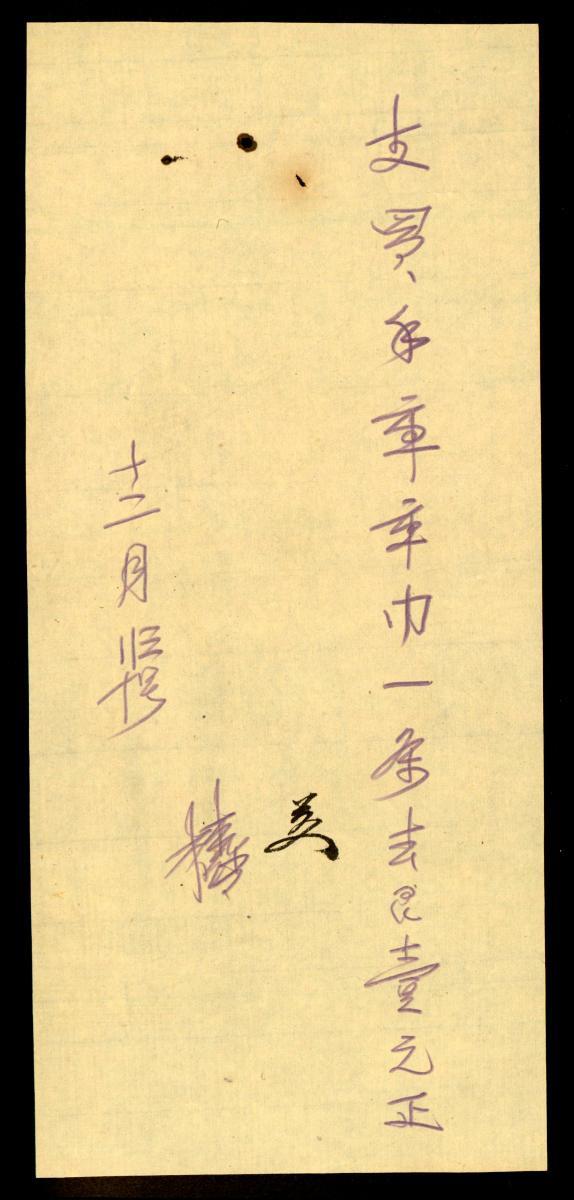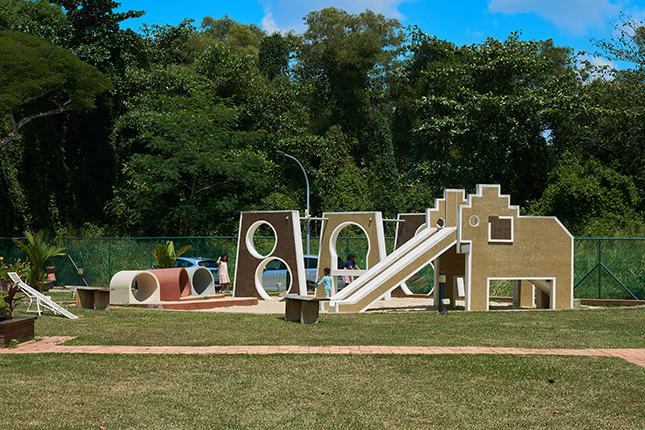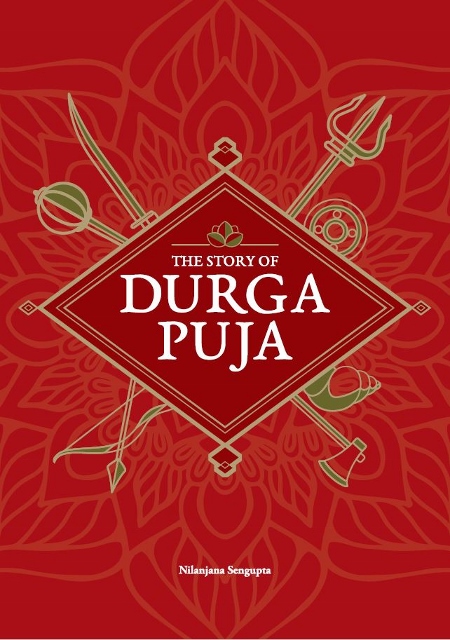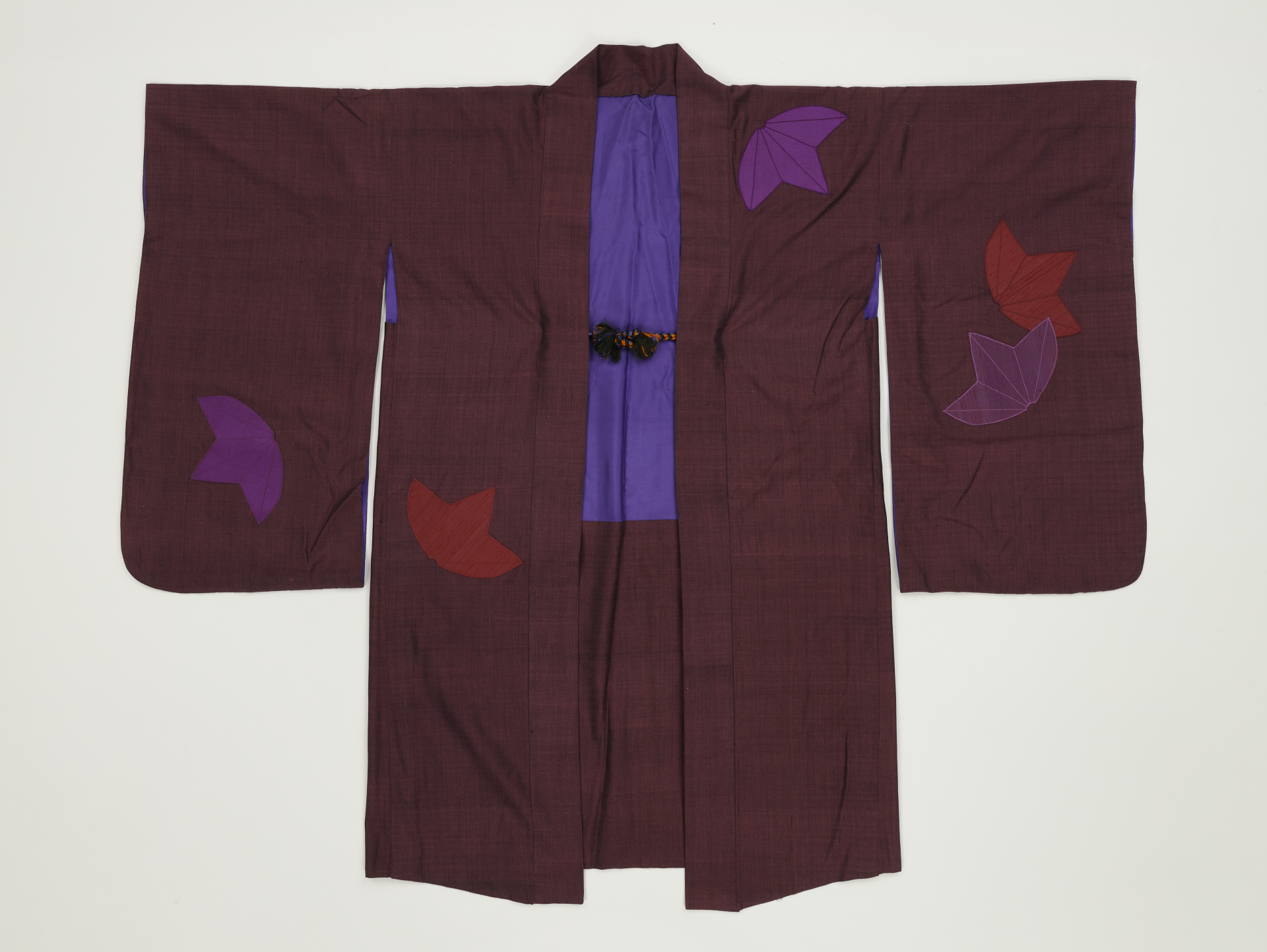Bulul figures were guardians of the rice crop, and by extension the abundance of all life. They were also thought to prevent illness, bring healing, and influence events for the well-being of the community. Distinct genitalia are a feature, and symbolize fertility. This piece is a female, and they are either made in pairs (a male and a female) or as an individual. During rituals, bulul figures were positioned in front of the newly harvested rice. Some were also believed to house the spirits of ancestors. During important ceremonies they were frequently daubed in animal blood, and oils from food, to appease, as well as activate and revitalise, the spirit contained within the figure.















